Posted < 37 mins Glenwood Management, Manager
1-Bedroom at Barclay Tower
10 Barclay Street (TriBeCa, MN)
- 1 Bed
- 1.5 Bath
- Doorman
- Gym
- Garage
- 12 elevators
| Borough | Manhattan |
| Area | 10,021,694 sq. ft. |
| Rental listings | 2 no-fee ads |
| Median rent | $5,949 |
Packed with A-list celebrities and successful execs, TriBeCa today is miles away from the artist haven it was in the 1970's. But its streets and buildings are full of character and one might say the neighborhood today deservedly ranks as one of New York's "coolest".
| Layout | Ads | Median | Average |
| Studio | 0 | $0 | $0 |
| 1 Bedroom | 2 | $5,949 | $5,950 |
| 2 Bedroom | 0 | $0 | $0 |
| 3+ Bedrooms | 0 | $0 | $0 |
| Total | 2 | $5,949 | $5,950 |
| See all TriBeCa Apartments for Rent | |||
Total: 2 no-fee ads
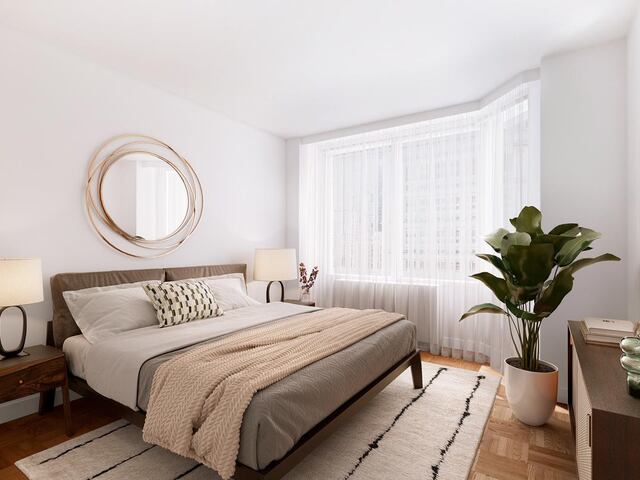
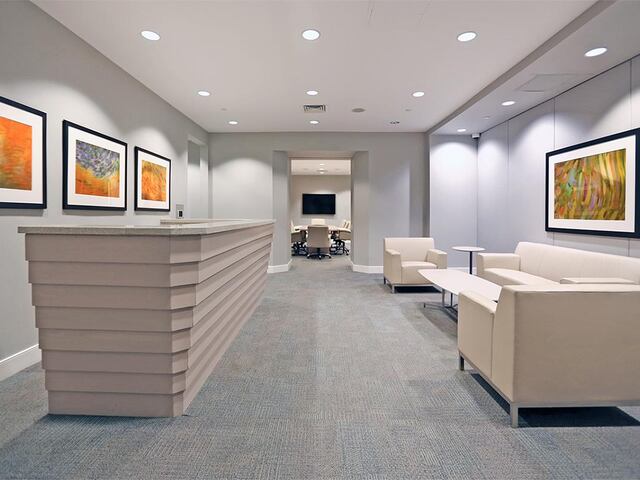
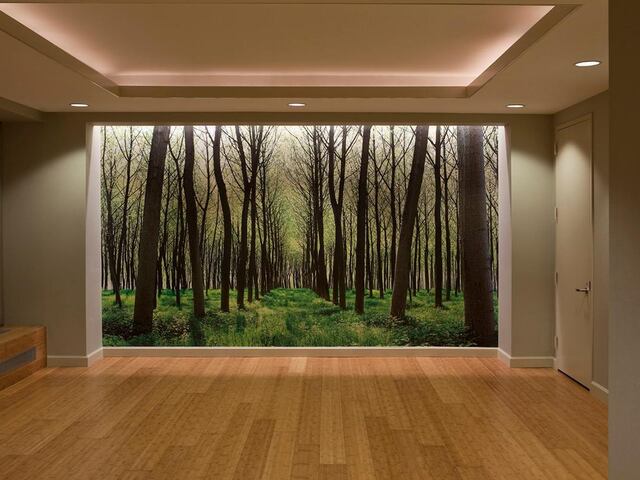
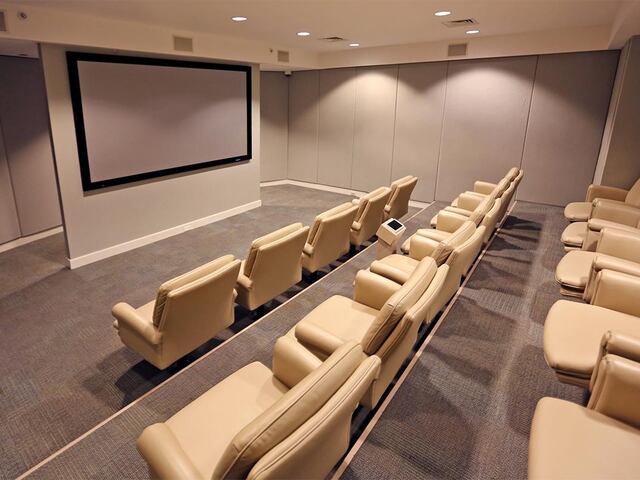
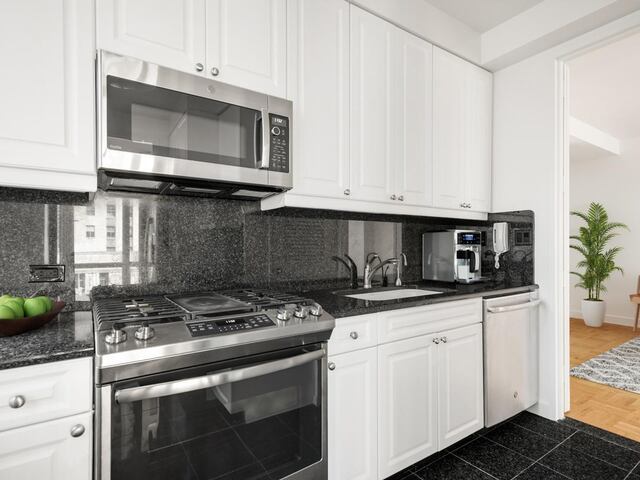
Posted < 37 mins Glenwood Management, Manager
10 Barclay Street (TriBeCa, MN)
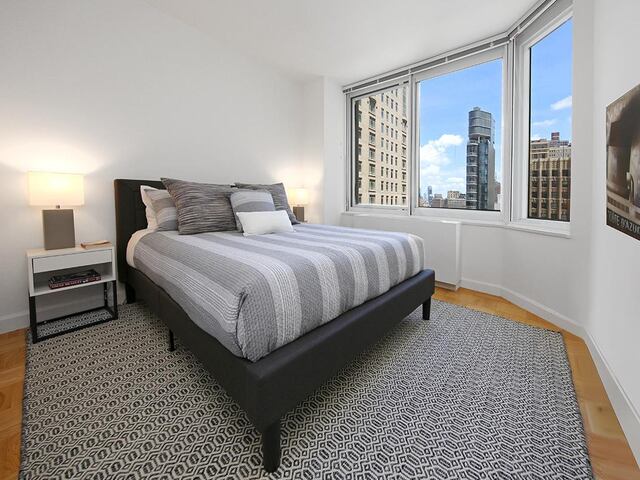

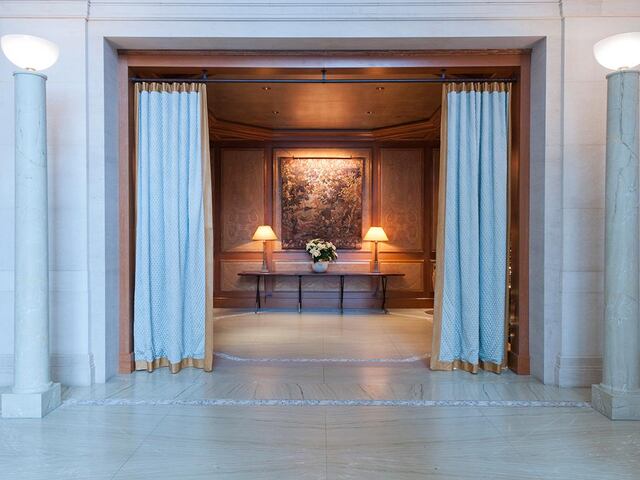

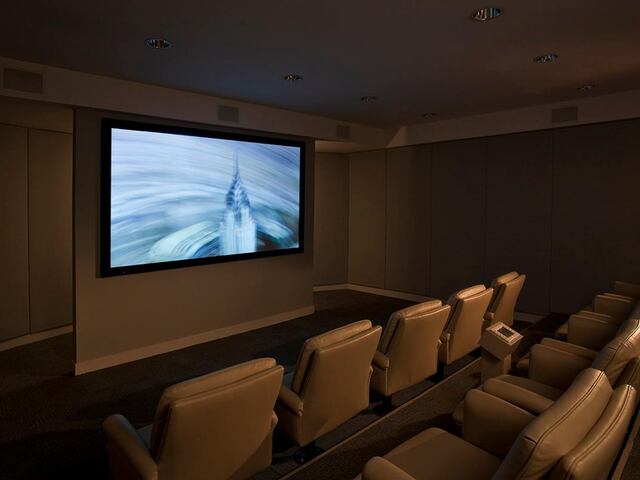
Posted < 22 hours Glenwood Management, Manager
10 Barclay Street (TriBeCa, MN)
» See all 2 rental listings in TriBeCa
Many of the area's apartments are lofts, with all the pricing implications. Generally, you need to be able to stomach $5,000+ rents to even consider living in this neighborhood.
With that said, there are a handful of "conventional" apartment buildings in the area as well, especially in its southern part, although fewer than in neighboring Battery Park City.
In terms of condos, some converted buildings and even a handful of new developments (which tend to try to mimic the architectural style of the surrounding area) offer luxury apartments with multi-million dollar price tags.
For buyers not intimidated by board reviews, several co-op buildings (e.g. 80 Warren, 55 Hudson, 135 Hudson, 530 Canal, 56 Warren, 474 Greenwich, 44 Lispenard, 288 West, 76 Laight, 57 Walker, 36 White, 158 Chambers) exist as well, although they are in the minority.
In the 1970's and 1980's TriBeCa's vast industrial spaces attracted artists and other "creatives" pretty much in the same way SoHo did and at approximately the same time.
Gentrification began and the population soared from a few hundred people in the mid-seventies to over 20,000 in 2003. With new residents came the new prices. Today, TriBeCa is anything but affordable.